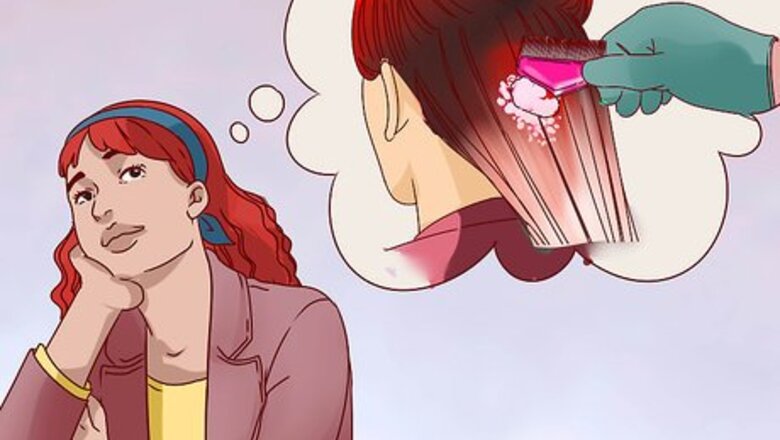
views
Planning Your New Look
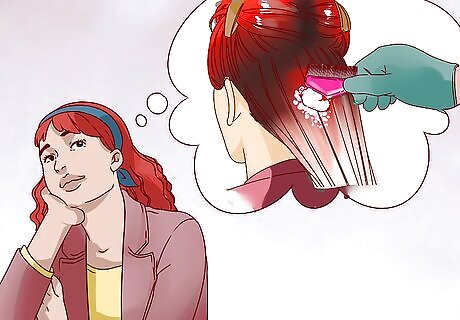
Think about how drastic you would like your colour change to be. Are you just looking for a slight change to revitalize your look or are you interested in making a dramatic change? Make sure that you consider rules at your place of work or school as you think of new colour possibilities.

Decide if you want to get a haircut as well. If you are considering a haircut in addition to your new hair colour, you should get your hair cut first. If you cut your hair first, you will save money because you will need less dye to colour your hair. Cutting before colouring will also allow you to see the effects of your new hair colour on your new haircut.
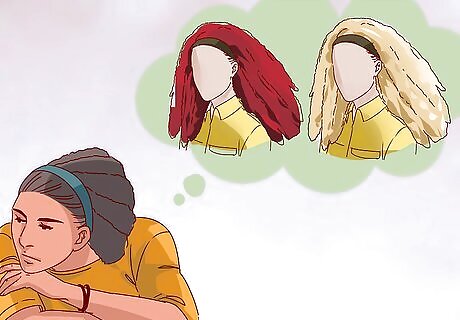
Take the impact of different colours into consideration. There are a lot of different things you can do with your hair, and each have a different effect on your appearance. For example, dark colours will make your hair feel thicker and heavier while light shades emphasize textures and layers and will make your hair feel less heavy. Make sure to think about the effect that different colours may have on the haircut you want. Think about whether you’d like to get a single colour or a dimensional look.
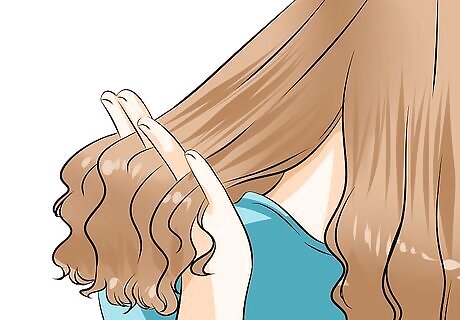
Think about how often you are willing to get touch-ups. If you make a dramatic change, like going from blonde to black, then you will need to have regular touch-ups every 4-6 weeks to maintain that look. But if you only make a subtle change, like going only one shade darker than your natural colour, you will not need to worry about maintenance as much. Decide how much time and money you are willing to put into maintaining your hair colour before you decide on one.

Collect physical and digital pictures of hair colours and styles that you like. Cut pictures out of magazines or save images onto your phone or computer so that you can easily look through them. Saving these pictures will also provide your hair stylist with a guide if you decide to have your hair professionally coloured.
Considering Your Natural Coloring

Try a copper blonde or chestnut brown if you have warm colouring. If your skin has yellow or gold undertones, then you most likely have a warm colouring. It’s best to dye your hair a colour that contrasts your own complexion, so cool shades will most likely look best on you. Consider cool colours such as copper blonde or chestnut brown. If you want to do a non-traditional colour, try blue or purple.

Go with ash brown or strawberry blonde if you have cool colouring. If your skin has pink or olive undertones, then you probably have a cool colouring. Since individuals with cooler complexions typically look better with warmer hair colours, shades like strawberry blonde or ash brown may be best for you. Those with blue or green eyes frequently have cool colourings. If you want to do a non-traditional colour, choose from shades of pink, orange, or yellow. For example, you could try rose gold.
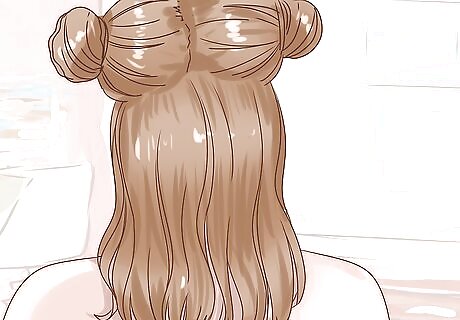
Do a chocolate brown or auburn colour if you have neutral colouring. Those with neutral colourings usually have traces of both pink and yellow undertones in their skin. Fortunately, having a neutral colouring often means that you can look great with most hair colours, but there are still a few specific ones that tend to best complement skin that has combinations of warm and cool. Consider a chocolate brown or auburn red. Stay away from extreme colours such as jet black or fire engine red.
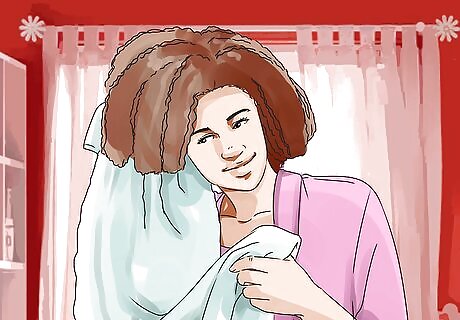
Choose a dark hair colour if you have dark skin. Dark brown and black shades are the way to go if you have a darker complexion. These shades won’t create a contrast that’s too intense but are also different enough from your skin colour to subtly complement the natural glow of your skin. Stick with deeper, more saturated colours if you want to do a non-traditional colour.

Go with a light hair colour if you have fair skin. When in doubt, play it safe with a lighter colour if you have a fair complexion. Similarly to how dark hair looks great on dark skin, your fair complexion will blend best with a lighter colour, such as platinum blonde. Stick with pastels if you want to do a non-traditional colour.
Taking Other Factors Into Consideration

Pick a colour that feels right. At the end of the day, you just want to feel comfortable with and confident in the way you look. Hair colour can have a major impact on whether or not you feel like “yourself,” so it’s important to get it right. If there’s a colour you really like and have always wanted to try, don’t let anyone talk you out of going for it.

Keep your age in mind. As you get older, lighter and more intense colours aren’t quite as flattering and soft, darker colours become a better choice. Regardless of whether you have a warm or cool skin tone, light blonde will highlight any wrinkles or skin imperfections that you have. Make sure to pick a colour that looks soft instead of harsh on your face.
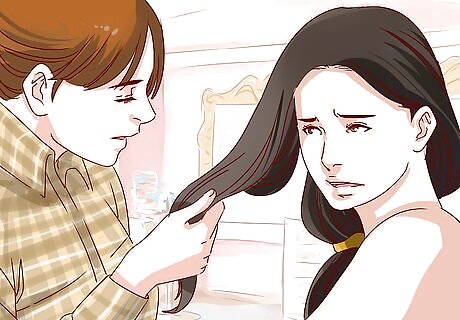
Consider the healthiness of your hair. Hair that is damaged as a result of excessive heat tool use, over-washing, and excessive dyeing may be trickier to dye. If your hair is damaged, it might be better to not make a drastic change. However, if you’ve never dyed your hair, then just about any colour will likely attach well to your hair follicle.










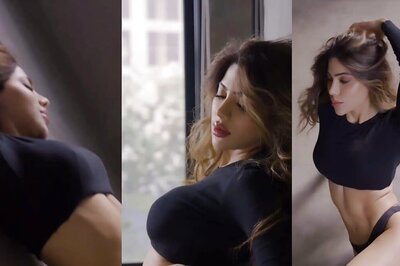




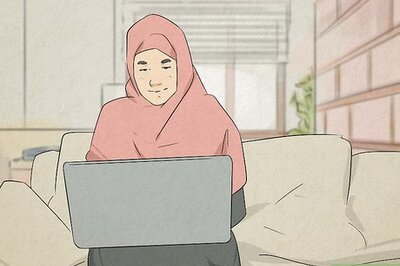



Comments
0 comment